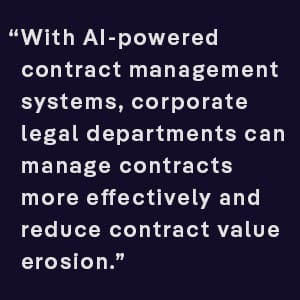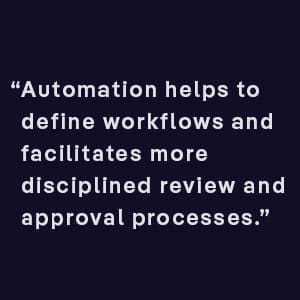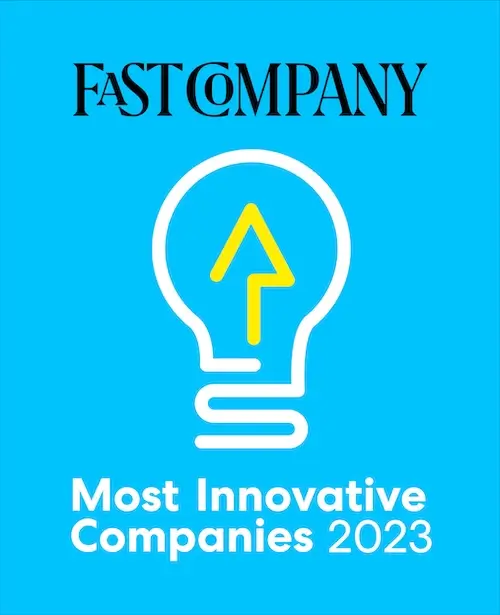Since the International Association for Contract and Commercial Management (now World Commerce & Contracting) published its “The Ten Pitfalls” report back in 2014, leading consultancies have supported World CC’s finding that companies lose an average of 9.2 percent of the anticipated value of contracts. In fact, the situation has been shown to be even worse than it was nearly a decade ago.
Eventualities, like market volatility and regulatory requirements, have made contract management rather complicated. Contracting is not a completely integrated process in most companies either. The process is distributed across departments, and agreement-affiliated data is contained in systems with no single view of contract portfolio performance.
In a previous blog post, we highlighted some of the most common contract pitfalls, as shown in World CC’s and ContractPodAi’s 2021 “Overcoming the Ten Pitfalls” report. In this blog post, we will examine a few others. We will also look at some more ways that legal departments and contracting teams can use artificial intelligence (AI) to tackle contract erosion and increase the value of agreements.
Contracts difficult to use or understand
Believe it or not, nearly 90 percent of all business users find agreements “difficult or impossible to understand.” For one thing, there is the pervasive nature of contracts, which means a quarter of the workforce is involved in contract management or performance to some degree. Agreements are not designed to accommodate all users, though. Most are written and structured according to the norms adopted by lawyers over the ages, which makes them challenging to communicate in the business sense. On top of that, the critical data within agreements is rather difficult to access, let alone interpret. This results in plenty of misunderstandings, misinterpretations, and disagreements.
But contract management systems can be trained by AI to identify and extract contract metadata, for example. During this ‘obligation extraction,’ data is mapped to pertinent user groups or individuals. Next, information is communicated directly to these users in an easy-to-understand form. This goes a long way in improving day-to-day contracting and reducing overall risk.
Failure to Engage Stakeholders
Stakeholder review of contracts usually depends on the nature of a transaction or relationship. At times, though, it may not be clear who needs to get the necessary sign-off. Other times, contract omissions may happen out of ignorance, due to the pressure of time, or in an absence of repercussions. Either way, the failure to engage stakeholders can create delays, more work, or major risk exposures. And this can lead to additional costs and value erosion.
Fortunately, automation helps to define workflows, and facilitates more disciplined review and approval processes. With AI, in particular, a contract management system can identify the stakeholders that need to be engaged and support even higher levels of self-service. This is especially true when they include functionality, like intelligent clause libraries and playbooks.
Protracted Negotiations
Negotiation cycle times are yet another source of frustration to many organizations. Not only do contract negotiations take too long; accurate predictions of close dates are often next to impossible. Among the many factors extending the time it takes to reach a negotiated agreement, building internal stakeholder consensus certainly tops the list. Other factors include “the battle of the forms,” when buyers and sellers try to impose their respective standards and use templates containing terms that are inappropriate to transactions.
Granted, AI cannot improve contract cycle times on its own, but it can certainly lend a helping hand. It contributes to quicker decision-making and prevents any contention, through simpler and more market-sensitive agreements, and more intelligent clause libraries. AI basically equips negotiators with pre-approved fall back terms — those that can accelerate negotiations by as much as 80 percent. Interestingly, after pitting traditional negotiation teams against machine-led teams, World CC discovered that AI-powered systems consistently delivered such results in straightforward contract negotiations.
Navigation of Contract Pitfalls
Indeed, contract management systems go a long way in optimizing contracting activities, especially during the pre-award phase. But with AI-powered contract management, corporate legal departments and contracting teams can reduce contract value erosion rather significantly.
So, do you want to better understand the positive impact that automation has on the management of contracts? How about the major role that artificial intelligence plays in the avoidance of common contract pitfalls? Download our “Overcoming the Ten Pitfalls” report today, and find out more!
Author:

Anurag Malik
Connect with us on Linkedin











